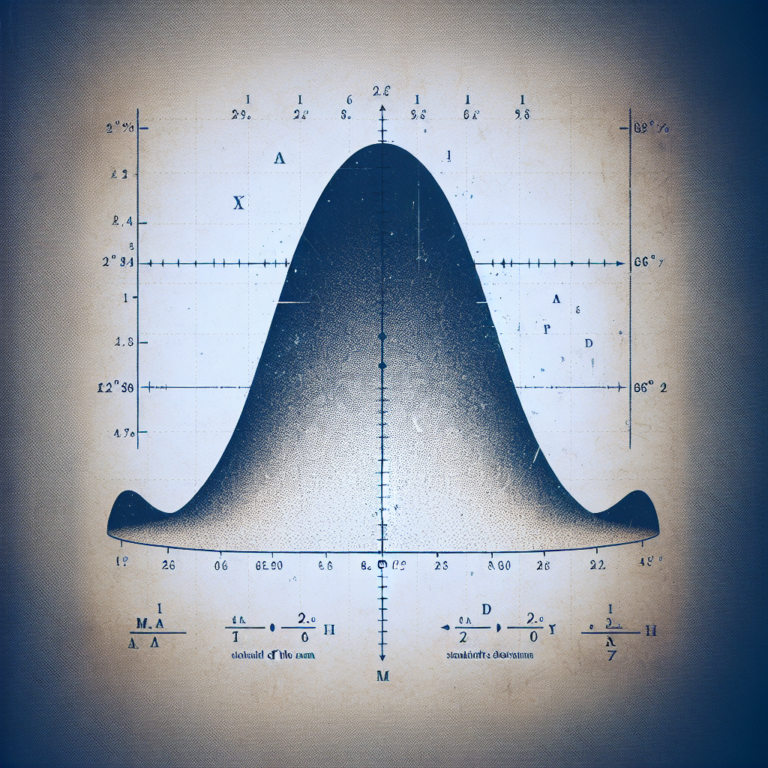The Mann-Whitney U Test is a statistical method commonly used in research to compare two independent groups when the data is not normally distributed. This test is essential for medical professionals looking to analyze non-parametric data accurately. As a leading provider of statistical analysis services for medical doctors, StatisMed understands the importance of using the Mann-Whitney U Test for non-parametric data.
Introduction to the Mann-Whitney U Test
When working with non-parametric data, researchers often rely on the Mann-Whitney U Test to determine if there is a significant difference between two groups. This test is particularly useful when the assumptions of parametric tests, such as the t-test, are not met. At StatisMed, our team of experts is well-versed in applying the Mann-Whitney U Test to effectively analyze data in medical studies.
Key Steps in Conducting the Mann-Whitney U Test
Formulate Hypotheses: Before conducting the test, researchers need to establish the null and alternative hypotheses. The null hypothesis states that there is no difference between the two groups, while the alternative hypothesis suggests otherwise.
Rank Data: The next step involves ranking all the data points from both groups combined. In cases where there are tied ranks, the average rank is assigned.
Calculate U Statistic: The U statistic is computed based on the ranks assigned to the data points. This statistic helps determine if there is a significant difference between the two groups.
- Compare U Value to Critical Value: Once the U statistic is calculated, it is compared to the critical value from a statistical table to determine if the difference between the groups is statistically significant.
Importance of the Mann-Whitney U Test in Medical Research
In the field of medicine, researchers often encounter non-normally distributed data that requires non-parametric testing. The Mann-Whitney U Test provides a robust method for comparing groups and can be particularly valuable in clinical trials, epidemiological studies, and outcome assessments. By utilizing the Mann-Whitney U Test, medical professionals can make informed decisions based on sound statistical analysis.
Applications of the Mann-Whitney U Test
Clinical Trials: When evaluating the effectiveness of a new treatment or therapy, researchers can use the Mann-Whitney U Test to analyze patient outcomes and determine if there is a significant difference between the treatment and control groups.
Epidemiological Studies: In population-based studies, researchers may need to compare groups based on different variables. The Mann-Whitney U Test can be employed to assess differences in outcomes between these groups.
- Outcome Assessments: Healthcare providers often need to evaluate the impact of interventions on patient outcomes. The Mann-Whitney U Test can help determine if there is a statistically significant improvement in outcomes following a particular intervention.
Conclusion
In conclusion, the Mann-Whitney U Test is a valuable tool for analyzing non-parametric data in medical research. By understanding the key steps involved in conducting this test and its applications in clinical studies, medical professionals can make informed decisions based on robust statistical analysis. At StatisMed, we are committed to providing top-notch statistical analysis services for medical doctors, including the application of the Mann-Whitney U Test for non-parametric data. If you require assistance with statistical analysis for your medical research, contact us today or request a quote for our services.
[ad_2]




